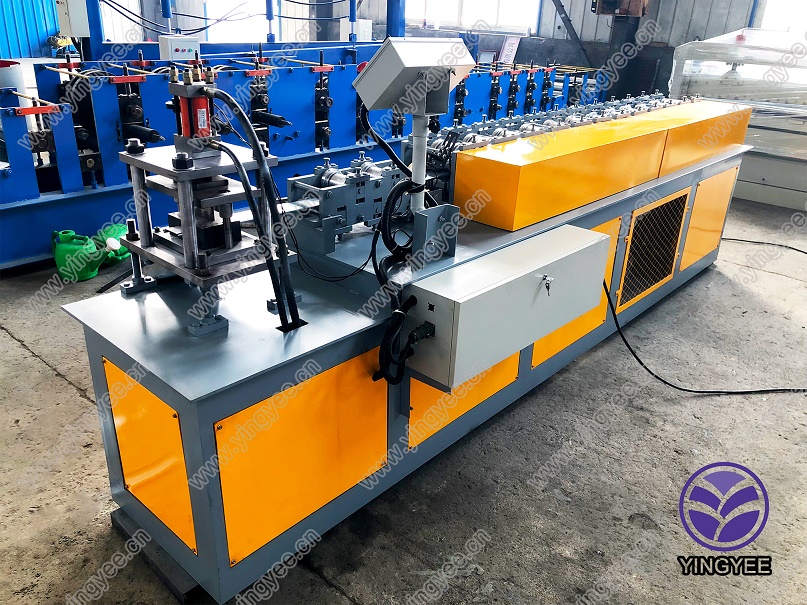
The Benefits and Applications of Galvanized Steel
Galvanized steel, a versatile material widely used in construction and manufacturing, is steel that has been coated with a layer of zinc to enhance its resistance to corrosion. The galvanization process involves immersing the steel in a molten zinc bath or applying zinc through electroplating. This protective layer allows galvanized steel to withstand harsh environmental conditions, making it a preferred choice in various applications.
One of the primary benefits of galvanized steel is its durability. The zinc coating acts as a barrier between the steel and the elements, preventing moisture and oxygen from reaching the steel substrate. This significantly reduces the risk of rust and extends the lifespan of the material. In fact, galvanized steel can last for several decades, even in challenging environments such as coastal areas where saltwater can accelerate corrosion.
Galvanized steel is particularly popular in the construction industry. It is commonly used for roofing, structural steel, and metal framing. The material's resistance to corrosion makes it an ideal choice for outdoor applications and in regions with high humidity or heavy rainfall. Galvanized steel is also lightweight yet strong, allowing for cost-effective designs and easier installation. Additionally, it can be easily welded and formed, providing flexibility for various construction needs.

In the agricultural sector, galvanized steel plays a vital role
. Farmers use it for constructing barns, silos, and fencing due to its ability to withstand the rigors of outdoor conditions. The durability of galvanized steel ensures that these structures require minimal maintenance over time, allowing farmers to focus on their core activities rather than constant repairs.Another significant area of application for galvanized steel is in the manufacturing of automotive parts. Car manufacturers utilize galvanized steel for making various body components, which not only enhances the longevity of vehicles but also contributes to safety. The corrosion resistance of galvanized steel reduces the likelihood of structural failure and helps maintain the aesthetic appeal of vehicles throughout their lifespan.
Moreover, galvanized steel is increasingly being used in the manufacturing of consumer goods, including appliances and furniture. Its attractive finish and corrosion resistance make it a popular choice for items such as shelving units, racks, and outdoor furniture. The visual appeal of galvanized steel, characterized by a distinct metallic sheen, adds a modern touch to products while ensuring they remain functional and durable.
In conclusion, galvanized steel is an essential material in multiple industries, offering a unique combination of strength, durability, and resistance to corrosion. Its wide range of applications—from construction and agriculture to automotive manufacturing—highlights its adaptability and reliability. As industries continue to innovate, the demand for galvanized steel is likely to remain strong, making it a cornerstone of modern engineering and design. By choosing galvanized steel, manufacturers and builders can ensure their products stand the test of time while also addressing the environmental impacts associated with conventional steel production.